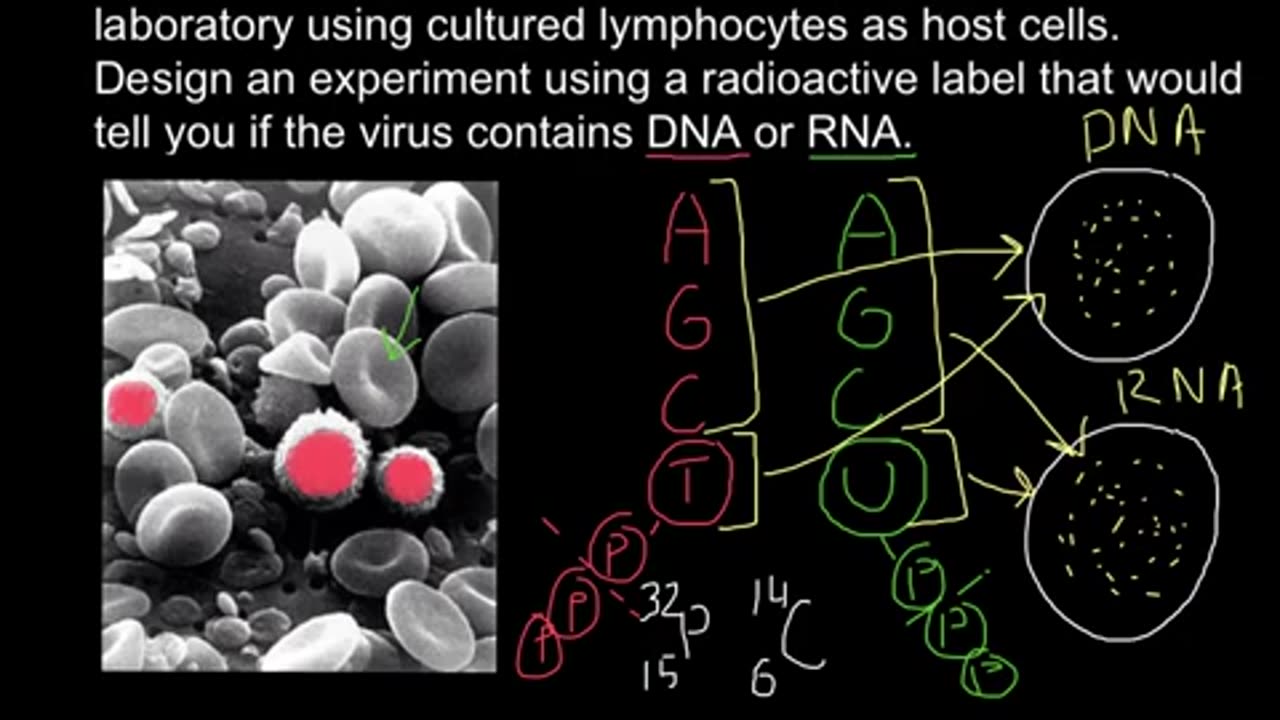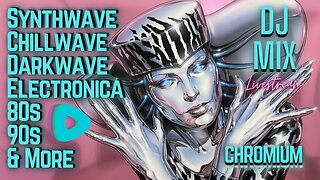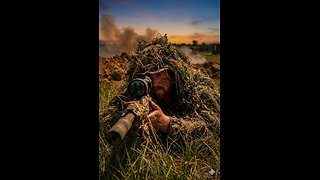Premium Only Content

How to determine if virus DNA or RNA based using radioactive labeling?
Nucleic acids may be modified with tags that enable detection or purification. The resulting nucleic acid probes can be used to identify or recover other interacting molecules. Common labels used to generate nucleic acid probes include radioactive phosphates, biotin, fluorophores and enzymes. In addition, the bioconjugation methods used for nucleic acid probe generation may be adapted for attaching nucleic acids to other molecules or surfaces to facilitate targeted delivery or immobilization, respectively.
Overview
Enzymatic methods for nucleic acid probe labeling
Terminal deoxynucleotidyl transferase (TdT)
T4 RNA ligase
T4 polynucleotide kinase (PNK)
DNA polymerase
RNA polymerase
Chemical methods for nucleic acid probe labeling
Periodate oxidation of RNA
EDC activation of 5′ phosphate
Chemical random-labeling
Protein Methods Library Home
Overview of Protein-Nucleic Acid Interactions
Overview
Nucleic acid probes can be labeled with tags or other modifications during synthesis. However, purchasing custom oligonucleotide probes (especially RNA) can be quite expensive depending on the modification and if costly purification services are required. Additionally, the minimum order quantity for modified oligonucleotides is typically much higher than unmodified versions and may be excessive compared to the amount required for the intended application. Because of this, many researchers may choose in-house methods or labeling kits for probe generation.
Numerous reagents are available for quick and efficient bench top oligonucleotide labeling, and are most useful for making small amounts of probe or when many different probes with the same label are required (i.e., for mutational analysis). For small-scale probe generation needs, enzymatic methods are an economical method for labeling probes. In contrast, chemical methods are amenable to larger scale reactions. There are enzymatic and chemical methods for creating probes labeled at either the 5′ or 3′ ends of the oligonucleotide as well as randomly incorporated throughout the sequence. The choice of which method needed is determined in part by the degree of labeling required and if the modification will cause steric hindrance that prevents the desired interactions. Typically, nucleic acids hybridization reactions (i.e., Northern blotting) benefit from the high specific activity gained through random incorporation of label into a probe. However, assays requiring protein interactions (i.e., gel shift and pull-down assays) require end-labeling to allow protein binding.
-
 1:19:49
1:19:49
Adam Does Movies
4 hours ago $18.77 earnedLive Taping! Reviewing Five Nights At Freddy's 2, Marty Supreme, Fackham Hall - Live!
24.5K -
 0:43
0:43
Gaming on Rumble
3 hours ago $2.02 earnedLvl UP (Raids)
17.9K -

SpartakusLIVE
8 hours agoBUYBACKS Have RETURNED || #1 Gamer w/ Most HEALTHY and VIBRANT Hairline
24.1K -
 2:13:41
2:13:41
TimcastIRL
6 hours agoCNN SLAMMED For Claiming BLACK J6 Bomb Suspect IS A WHITE MAN w/ Milo & George Santos | Timcast IRL
234K324 -
 4:29:59
4:29:59
SynthTrax & DJ Cheezus Livestreams
1 day agoFriday Night Synthwave 80s 90s Electronica and more DJ MIX Livestream CHROMIUM Edition
18.3K4 -
 LIVE
LIVE
GritsGG
14 hours agoBO7 Warzone Is Here! Win Streaking! New Leaderboard?
382 watching -
 3:53:07
3:53:07
VapinGamers
5 hours ago $1.63 earnedDestiny 2 - Star Wars Renegade Lightsabers Oh My! - !rumbot !music
16.8K1 -
 2:13:17
2:13:17
TheSaltyCracker
6 hours agoPipe Bomb Bull Sh*t ReeEEStream 12-05-25
96.6K207 -
 4:31:26
4:31:26
DannyStreams
4 hours agoBF the WZ
7.42K -
 LIVE
LIVE
Finfante
5 hours ago $0.24 earned*Interactive Stream* Something is WRONG. (Dane Jonson). | LIVE INDIE HORROR NIGHT
49 watching